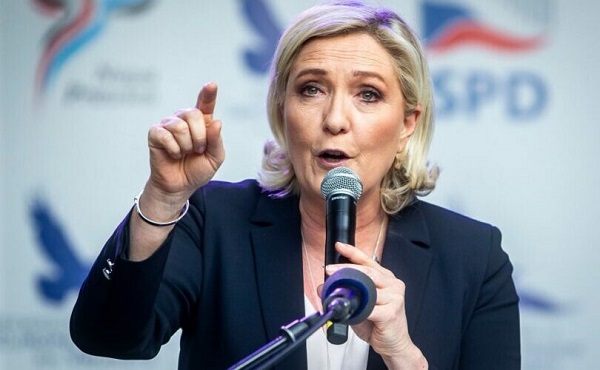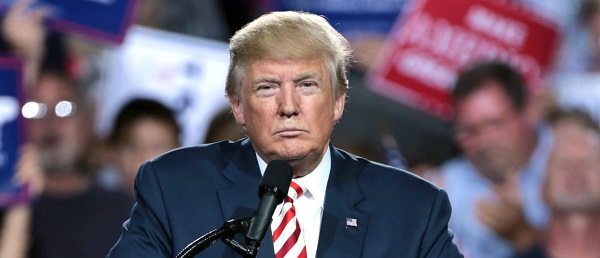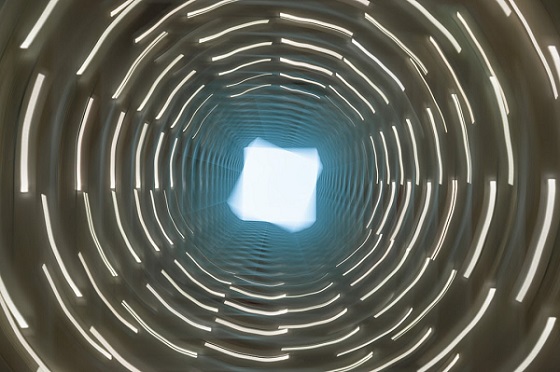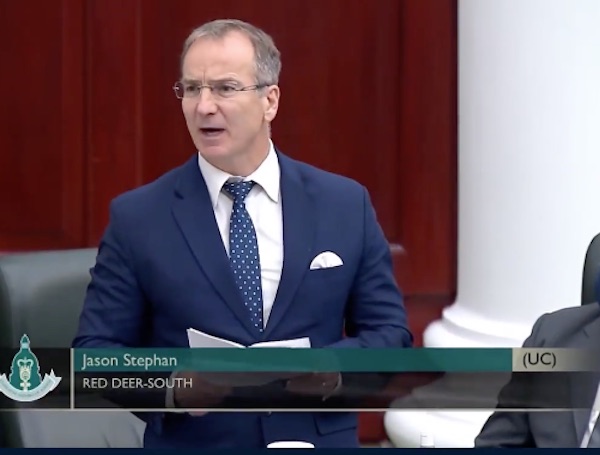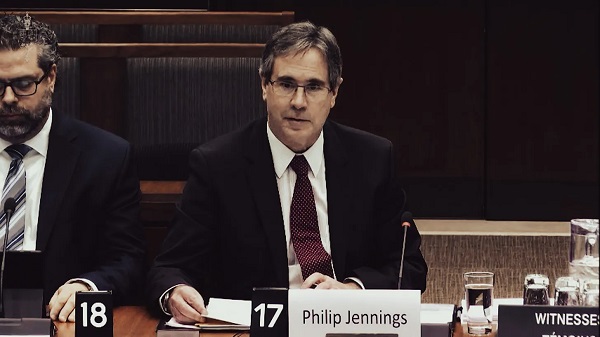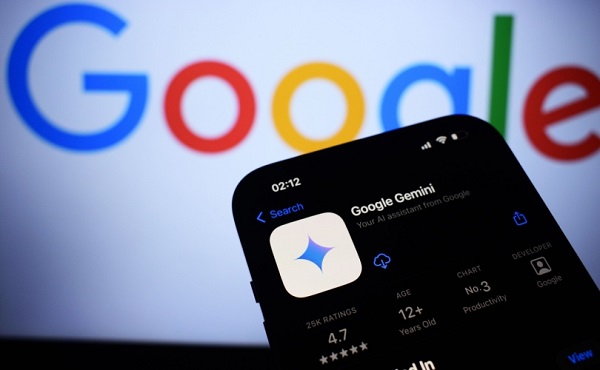Marine Le Pen of the National Rally Party in France has been completely vilified by the establishment
By Emily Finley
The classic definition of democracy is ‘rule by the people’. The elites have a new definition of ‘democracy,’ denoting democracy as hypothetical ideal.
Many are calling the present political turmoil in Europe a crisis of democracy. The German establishment is trying to ban the right-wing AfD Party for its alleged desire to return Germany to fascism. In France, the progressives are doing their darndest to hamstring conservative Marine Le Pen and her National Rally Party after they won the first round of the French elections. And in Romania, the Constitutional Court just nullified the results of a presidential election because the “right wing” victor ostensibly benefited from Russian “election interference.”
But which definition of “democracy” are we talking about? For the establishment leaders, the AfD, the National Rally Party, and Calin Georgescu are threats to democracy. For the supporters of these right-of-center parties and politicians, the progressive authorities are the threat to democracy.
It is time we make a clear distinction between these two varieties of “democracy” that we are told are in crisis.
The classic definition of democracy is “rule by the people” and indicates a concrete form of government. There is another definition of “democracy,” in currency among many elites, denoting democracy as hypothetical ideal. I call this ideological understanding “democratism.”
Populists worry about the survival of the former kind of democracy. The establishment worries about the survival of democratism.
On what basis do establishment leaders argue that excluding popularly elected parties and representatives of the people saves democracy? And that nullifying the results of a democratic election is in the name of democracy? There is, in fact, in America and Western Europe and its colonial satellites a tradition of conceiving of democracy as an ideal rather than the actual will of the people. Jean-Jacques Rousseau outlined this new understanding of democracy in his Social Contract in 1762. He argues that democracy is not the expressed will of the people but rather its ideal will, which he calls the General Will. Because the people are often uninformed, inclined to self-interest, and generally too narrow-minded to see the whole picture, they often deviate from that which is in their true interest, which is synonymous with the General Will. Therefore, an all-knowing and all-powerful Legislator must midwife the General Will into existence, even against the wishes of the people. If the people were to look deep down, Rousseau insists, they would see that the Legislator’s General Will really is their own individual will.
How often do we hear that those who voted for Donald Trump did not really know what was in their best interest? That they were duped? Or that the results of a popular election in Europe in which a “far right” candidate won was due to “interference” or social media misinformation adulterating the results of the election? Headlines and academic articles about this or that politician or political measure or social media platform subverting democracy to “save it” are too numerous to count.
It turns out that an entirely different notion of democracy, the one elaborated by Rousseau, is under discussion. For Rousseau as well as our own elite ministers of democracy, pluralism, coalition governments, compromise as imagined by the American founders, and genuine tolerance of opposing viewpoints are like so many defeats for “democracy” of the democratist variety.
Under democratism, there can be but one Public Will, which is identical to the will of the establishment elites. That a genuine plurality of legitimate political viewpoints could exist is inconceivable. John Rawls confirmed this Rousseauean interpretation of democracy with his Theory of Justice, which states outright that certain viewpoints are outside of the bounds of liberal democracy (as he conceives of it). This enormously influential work has largely set the tone for democratic studies inside and outside of the academy.
The concept of “democratic backsliding” is along these same lines. Backsliding from what? From the hypothetical ideal as conceived by the academicians and foreign policy establishment. The highly theoretical, democratist interpretation of democracy has now become the norm for many of our thought leaders.
In the face of legitimate popular grievances with the status quo, ruling elites are canceling elections, shutting down social media accounts, and using lawfare to take down political opponents. This makes clear that when these elites talk about “democracy,” they’re not talking about rule by the people.
How will this tension between the elites and the people be resolved? Handing down goals of “carbon neutrality,” ideological notions of “gender equality,” spreading democracy abroad, and other abstractions only further distances the elite from ordinary people who are concerned with high consumer prices, the abominable state of public education for their kids, and big hurdles to homeownership. Trump put his finger on the pulse, and he won the election because of it. The ascendency of populist and anti-establishment parties in Europe indicates that the same is happening there.
As the ruling elites continue to take repressive measures against their political opponents, we will see an increase in the rift between them and the people they claim to represent. If modern history is any indicator, a ruling body acting in its own interest and against the body politic will not enjoy power for long.
Related
